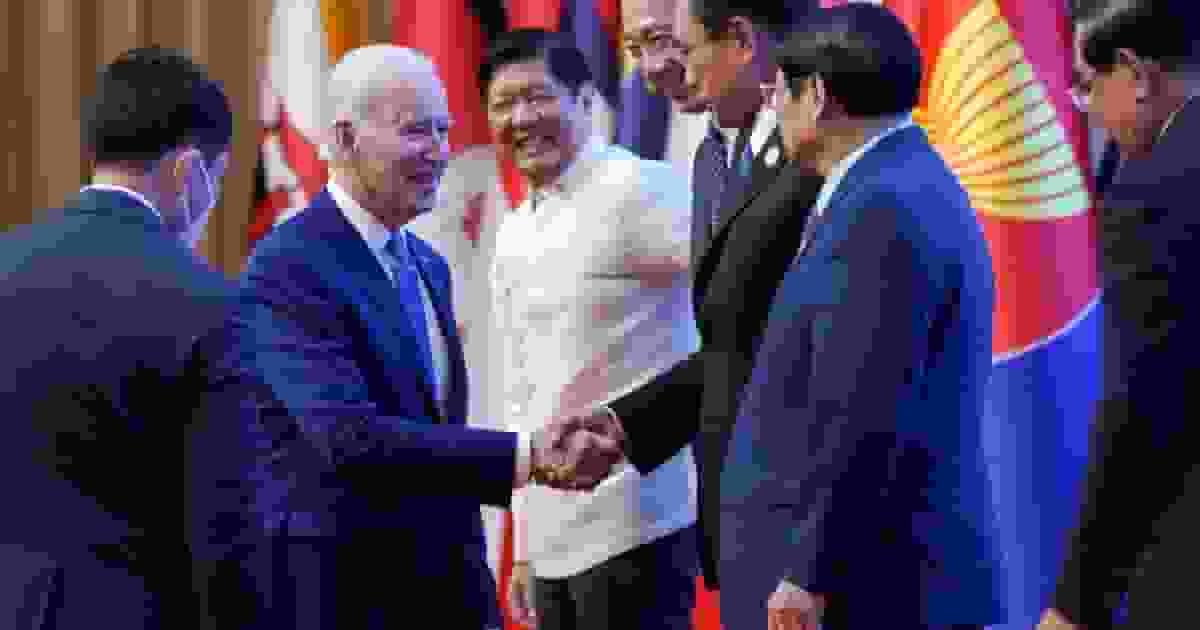Southeast Asia’s geopolitics in light of limited U.S. leadership. Due to U.S. involvement in wars and worldwide conflicts, worries arise regarding its commitment and bandwidth for regional affairs, particularly in the South China Sea.

Photo from Google
Concerns Rise Over U.S.-China Cooperation in Southeast Asia
The U.S.-China relationship and its impact on Asia’s stability and development are discussed. The APEC summit meeting between Chinese President Xi Jinping and U.S. President Joe Biden offers promise for improved relations.
The U.S.-China cooperation to address regional issues, particularly in Taiwan and the South China Sea. It raises fears about Middle East and Ukraine conflicts distracting U.S. attention and resources. Distracted U.S. could cause strained ties and limited crisis response.
Southeast Asia’s reluctance over U.S. participation is discussed. Regional political elites want U.S. economic, security, and political cooperation despite denouncing perceived intervention.
READ ALSO: Seoul scrambles jets after Chinese, Russian warplanes approach
Southeast Asia at Crossroads
Southeast Asian states should invest in upgrading regional mechanisms like ASEAN. The essay shows a tendency to use ad hoc partnerships with regional and extra-regional entities, which could split. Southeast Asian governments must choose a strategy to negotiate big power dynamics and limited regional leadership.
U.S. economic liberalization and stability helped Southeast and Northeast Asia. The text accepts previous conflicts’ human consequences but underlines their difficulties with the liberal, rules-based system. It cites increased U.S.-China distrust, leading Japan, South Korea, Taiwan, and the Philippines to improve coordination and defense.
The Southeast Asian governments may need to navigate great power rivalries and regional bloc constraints. Instead of choosing between the U.S. and China, they must navigate a shifting geopolitical terrain.
READ ALSO: Commentary: Southeast Asia’s path in an age of limited US leadership




![Tyson Foods Plant [Photo: Food Manufacturing]](https://southarkansassun.com/wp-content/uploads/2023/08/iStock_1185520857__1_.5e441daa51cca-600x337.jpg)








![Silverado Senior Living Management Inc. [Photo: Los Angeles Times]](https://southarkansassun.com/wp-content/uploads/2023/10/download-6-4-600x337.jpg)

![China's Wuhan Institute of Virology [Photo: Nature]](https://southarkansassun.com/wp-content/uploads/2023/09/d41586-021-01529-3_19239608-600x337.jpg)















